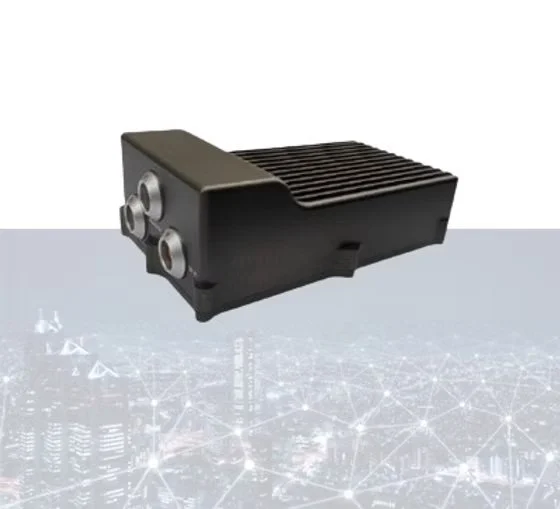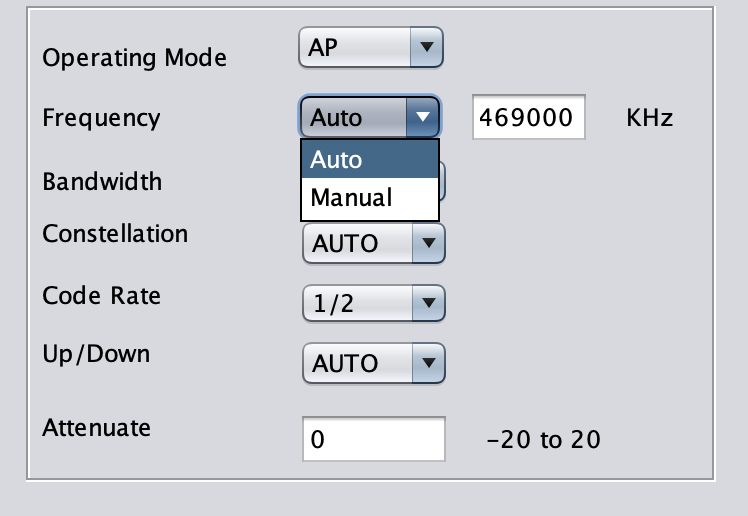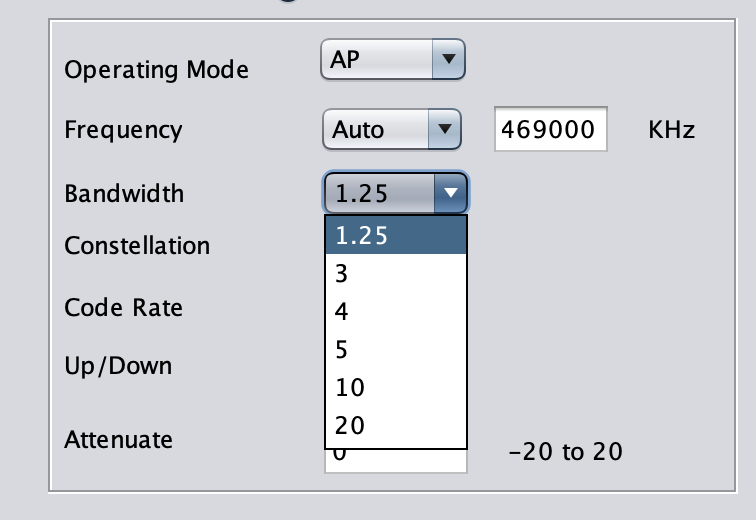EMX COFDM radio, Easy configuration overview
Overview of frequency selection, operating modes and maximum efficiency for achieving optimal wireless link performance on drones
Operating mode:
Access Point (AP)
• Acts as a central hub for wireless communication.
• Devices (stations) connect to it to access the network.
• Typically wired into the network backbone.
• Example: Your home Wi-Fi router acts as an AP for your phone/laptop.
⸻
Station (STA)
• A client device that connects to an access point.
• It does not relay traffic, just sends/receives data for itself.
• Examples: Laptops, phones, or wireless cameras that connect to an AP.
⸻
Mesh
• A decentralized network where each node can send, receive, and relay data.
• Nodes act as both clients and routers, extending coverage.
• No need for a single central AP; nodes dynamically route traffic.
• Great for covering large or hard-to-wire areas (e.g., outdoors, urban environments).
Frequency Selection:
When set to Auto, the EMX in access point mode will automatically choose the optimal operating frequency based on the surrounding RF environment. This is typically the best choice, especially when a spectrum analyzer is not available. The EMX access point selects a frequency at startup, which all connected stations will follow. It can also dynamically switch frequencies if interference is detected. For airborne use, we recommend configuring the aircraft side as the access point to ensure reliable frequency control.
If manual frequency control is desired, it is entered in KHz. (469MHz = 469KHz)
Channel width:
📈 Throughput
• Wider channel = more data can be transmitted at once.
• Example: A 40 MHz channel can carry more data than a 20 MHz channel.
• So, increasing channel width increases throughput — up to a point, assuming a clean RF environment.
⸻
📡 RF Performance & Interference
• Wider channels are more susceptible to interference because they occupy more of the spectrum.
• More likely to overlap with other signals, especially in congested environments.
• Narrower channels are more resistant to interference and noise.
⸻
🎧 Sensitivity
• Receiver sensitivity decreases as channel width increases.
• Wider channels have more noise across the band, which makes weak signals harder to detect.
• Narrower channels increase sensitivity, allowing radios to better detect and decode low-power or distant signals.
🚁 Practical Example (Drone or Tactical Use):
• In long-range or noisy RF environments (e.g., urban, airborne), a narrower channel (e.g., 1 or 5 MHz) offers better reliability and range.
• In short-range or clean environments, a wider channel gives higher data rates for video or bulk data.




